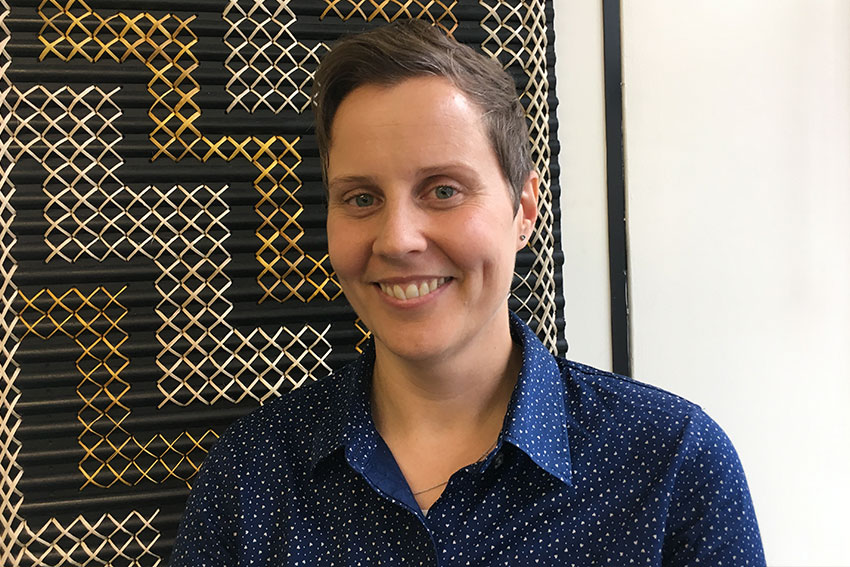UK science journal publishes in te reo

The Journal of Ecology, published by the British Ecological Society (BES), has included a research paper, which is summarised in Māori as well as English.
When Auckland University of Technology (AUT) Associate Professor Hannah Buckley and colleagues submitted a research paper on the effect of introduced species on the flammability of tussock grasslands in the South Island to the Journal of Ecology, the team made the most of an initiative to publish a translated abstract in their native language. AUT’s Dr Valance Smith translated the abstract into Māori and readers can toggle between the English and the translation.
The BES also asked the research team to write a blog post and article for the British Ecological Society Bulletin on why it was important to publish the abstract in Māori. They enlisted AUT colleague Dr John Perrott, an ecologist and an expert on mātauranga Māori (Māori scientific knowledge and understanding) to explain why it is important to publish in the indigenous language of the country where scientific research is undertaken.
Inspired by the blog post, another top tier journal American Naturalist has also started accepting submissions in indigenous languages.
Dr Perrott says the initiative is important in ecology because a lot of the work ecologists do is on indigenous land and using the language is one important way of engaging with indigenous communities.
With regard to New Zealand, he says scientists want effective working relationships with Māori communities and applications for funding must show an understanding of Māori knowledge and understanding.
“If western science is to become relevant to indigenous cultures, one way forward is through the language of that culture. Publishing in te reo Māori is exciting and meaningful for New Zealanders because it gives mana [validity] to our indigenous culture and acknowledges the connection that exists between language and our identity.”
While Māori are under-represented in STEM [science, technology, engineering and mathematics] university programmes and ecological research, Dr Perrott believes using the language gives Māori a sense of place in the science community and is a step towards turning around low participation.
“We want to give people a place to be who they are. Te reo and mātauranga Māori offer scientists the tools to tap into indigenous communities all over the world by emphasising shared values and a willingness to connect.”
Professor Pare Keiha, Dean of AUT’s Faculty of Māori Development Te Ara Poutama, says, “This mahi supports blending old ways of knowing with new ways of doing. Combining scientific approaches with mātauranga Māori provides opportunities to involve Māori in additional science education experiences and to develop co-management strategies that engage Māori in scientific research and scientists in mātauranga Māori.”